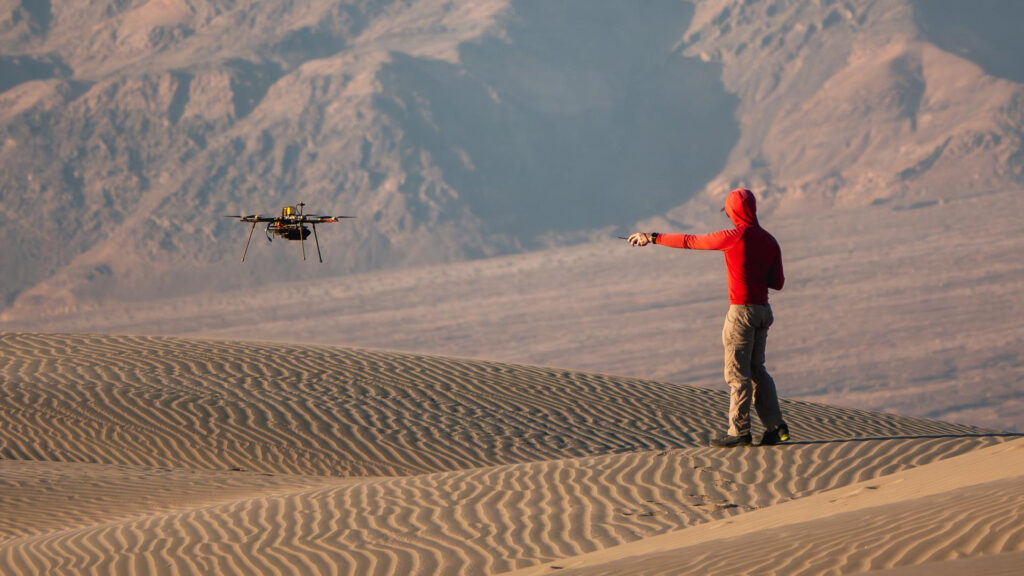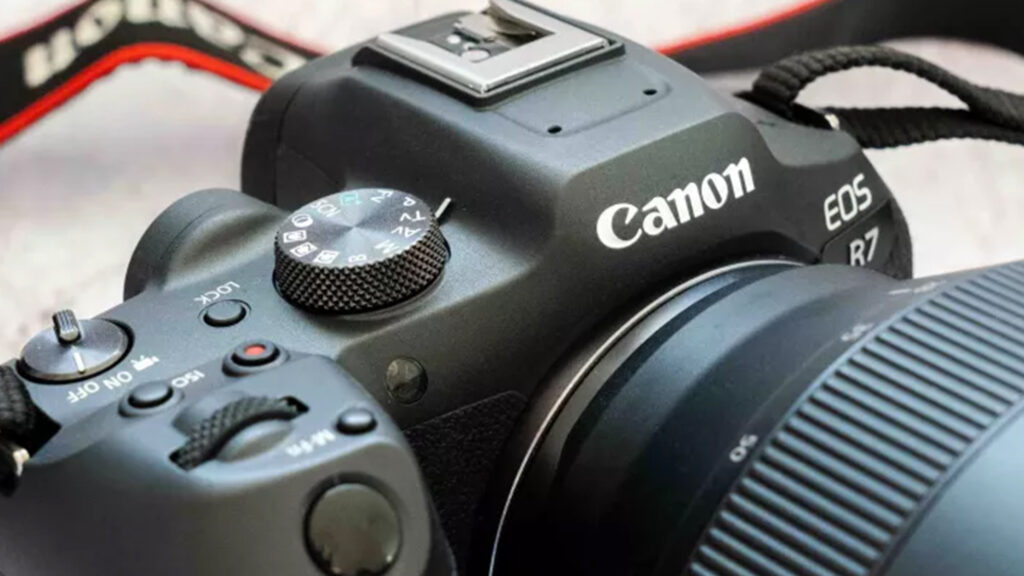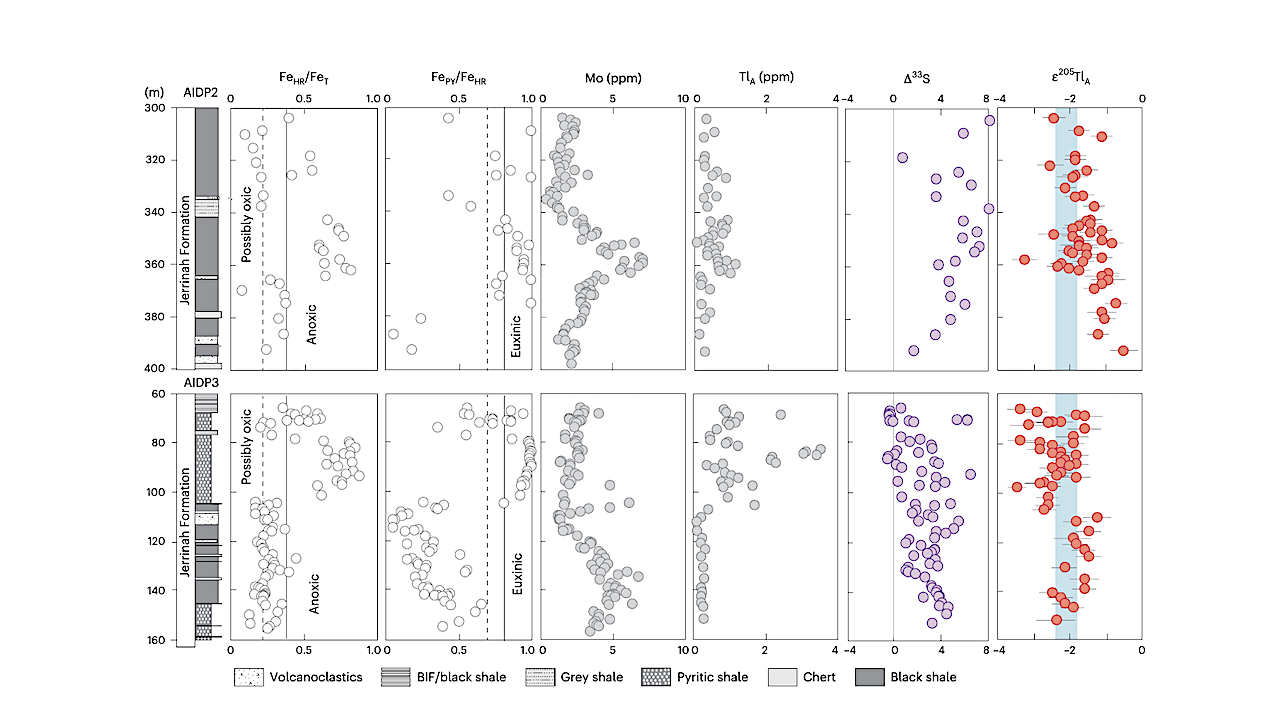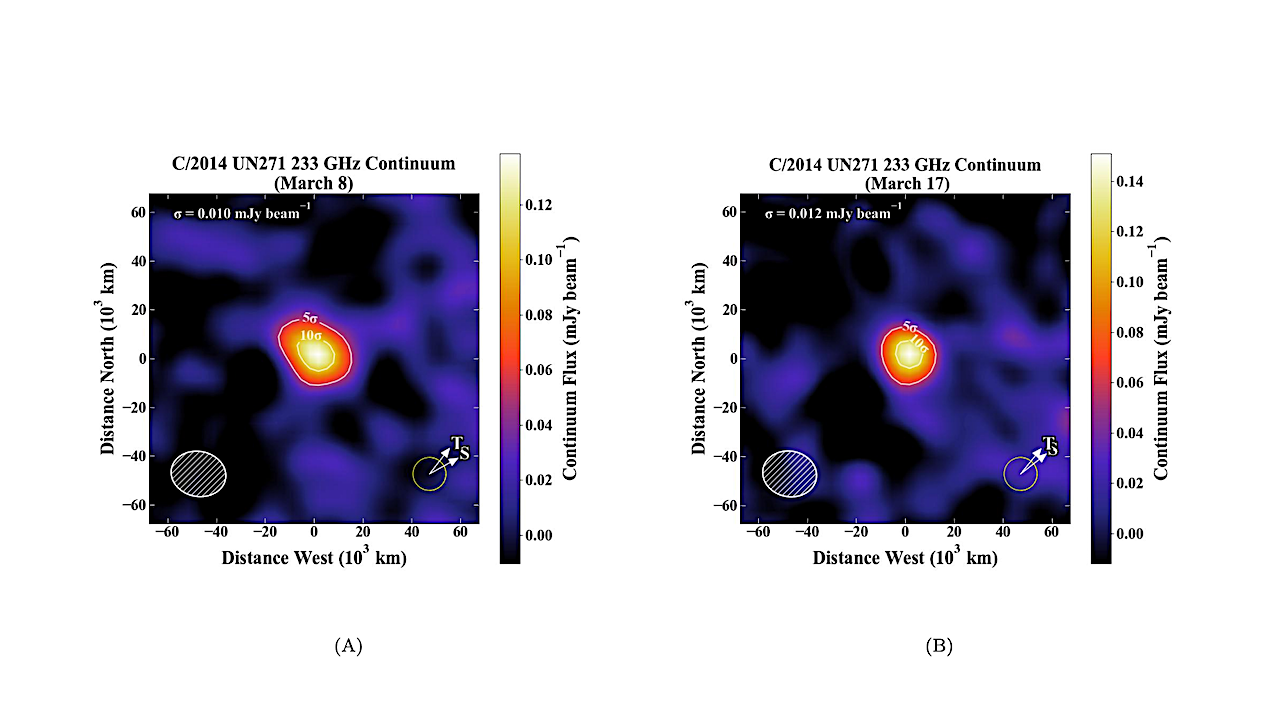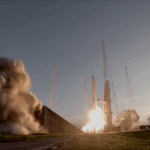Now Reading: Full ‘Flower Moon’ 2025 blooms on May 12: Here’s where to look
-
01
Full ‘Flower Moon’ 2025 blooms on May 12: Here’s where to look
Full ‘Flower Moon’ 2025 blooms on May 12: Here’s where to look
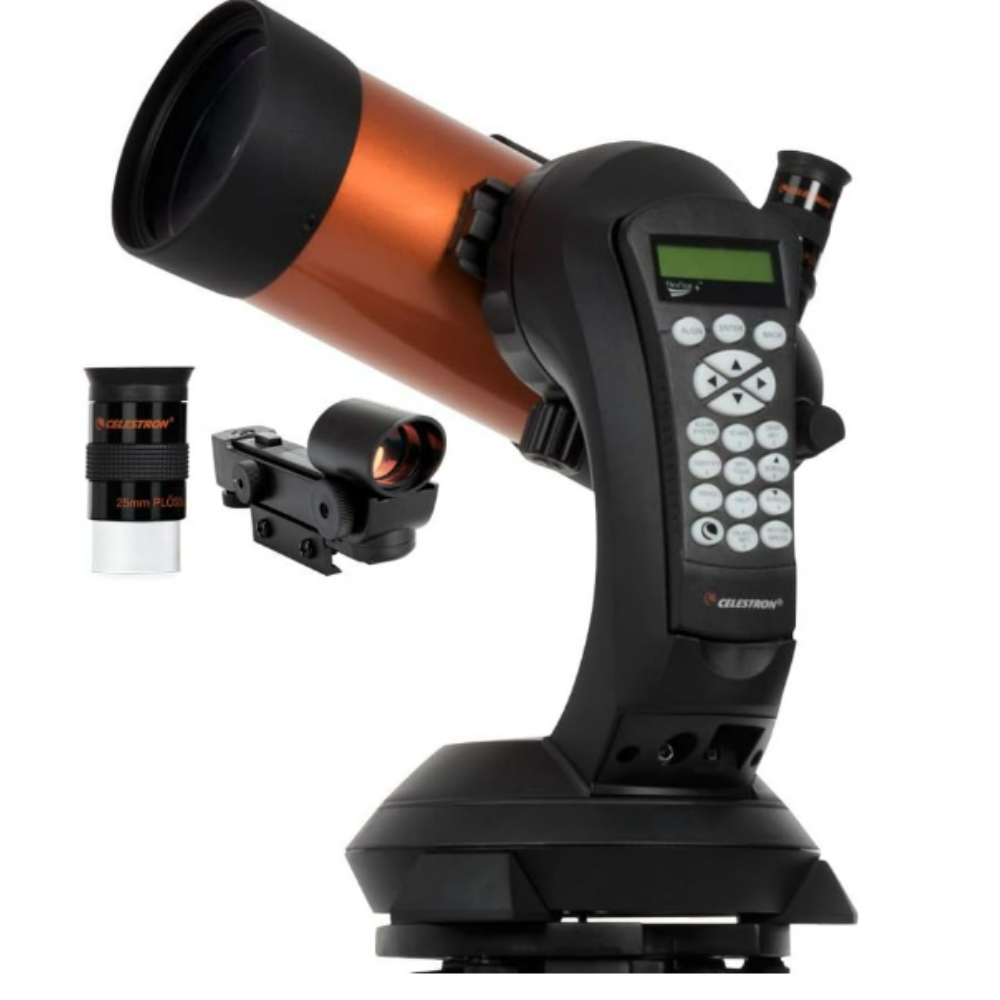
May’s full moon, known as the ‘Flower Moon’ is set to dazzle stargazers and the astrophotography community alike when it rises on the night sky on May 12. Read on to discover where, when, and what to look for to get the most out of the yearly lunar event.
A full moon occurs each time the moon is positioned on the opposite side of Earth from the sun, allowing the sun’s light to fully illuminate the side of the moon that faces our planet.
This month’s full moon reaches peak illumination at 12:56 p.m. EDT (17:56 GMT) and is known as the ‘Flower Moon’ to some in North America and Europe owing to the abundant seasonal wildflower blooms that appear during this time of year.
When and where to see the full flower moon
Stargazers in New York will see their first glimpse of the Flower Moon on the night of May 12, when its fully lit disk creeps above the southeastern horizon at 8:30 p.m. EDT (0030 GMT on May 13). The exact time of the event varies depending on your specific location, so you’ll want to check out a skywatching app like SkySafari or software like Starry Night to check for times. Our picks for the best stargazing apps may help you with your planning.
TOP TELESCOPE PICK:
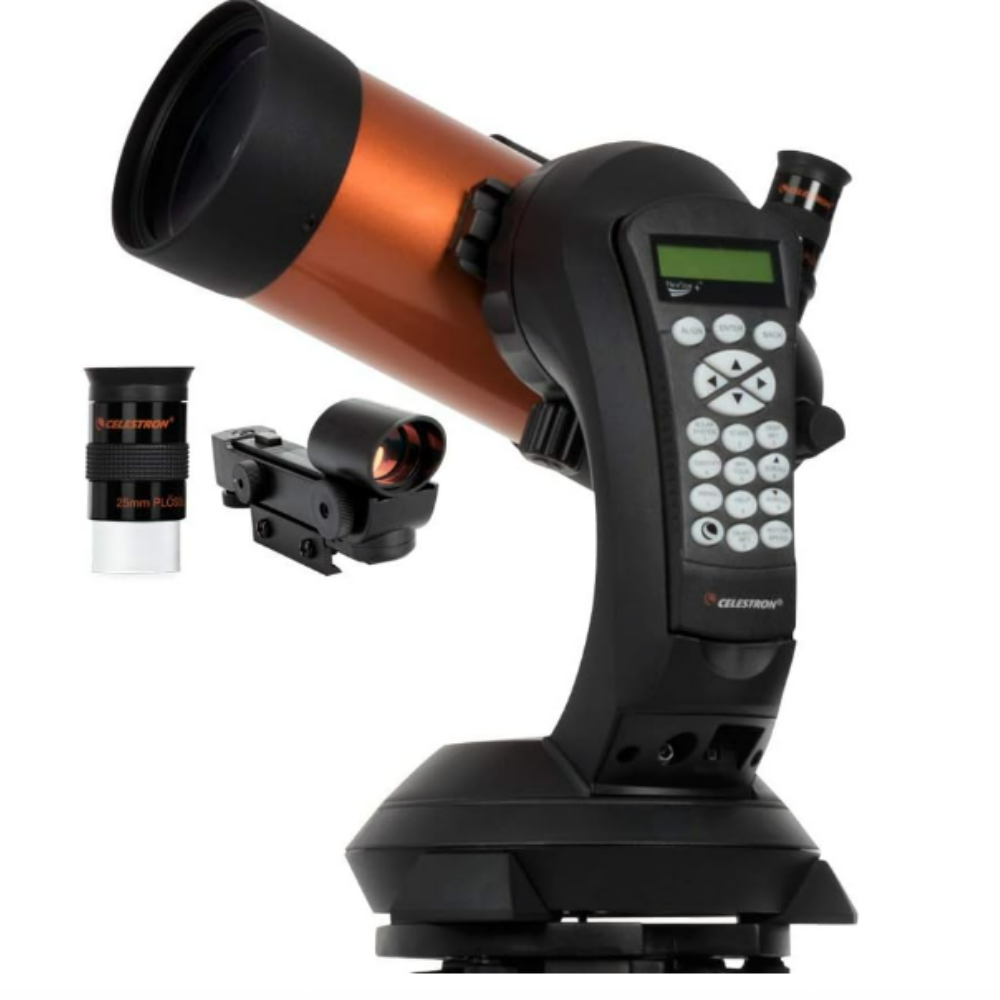
Want to explore Earth’s moon for yourself? The Celestron NexStar 4SE is ideal for beginners wanting quality, reliable and quick views of celestial objects. For a more in-depth look at our Celestron NexStar 4SE review.
In the moments just after moonrise, you may notice the moon take on a slightly orange or yellow hue. This optical effect occurs because light reflected off the lunar surface has to travel further through Earth’s atmosphere before it reaches the viewer compared to when it is higher in the sky. This process causes the shorter bluer wavelengths of light to become scattered, while the longer redder wavelengths pass through relatively unhindered, according to NASA.
The bright light of the Full Flower Moon will be something of a double-edged sword for astronomers hoping to explore the moon’s surface. Craters, ravines and mountain ranges tend to blend into the lunar surface during a full moon phase, rendering them hard to spot as the sun’s light strikes the moon‘s surface head-on from our perspective on Earth, reducing its shadowed areas.
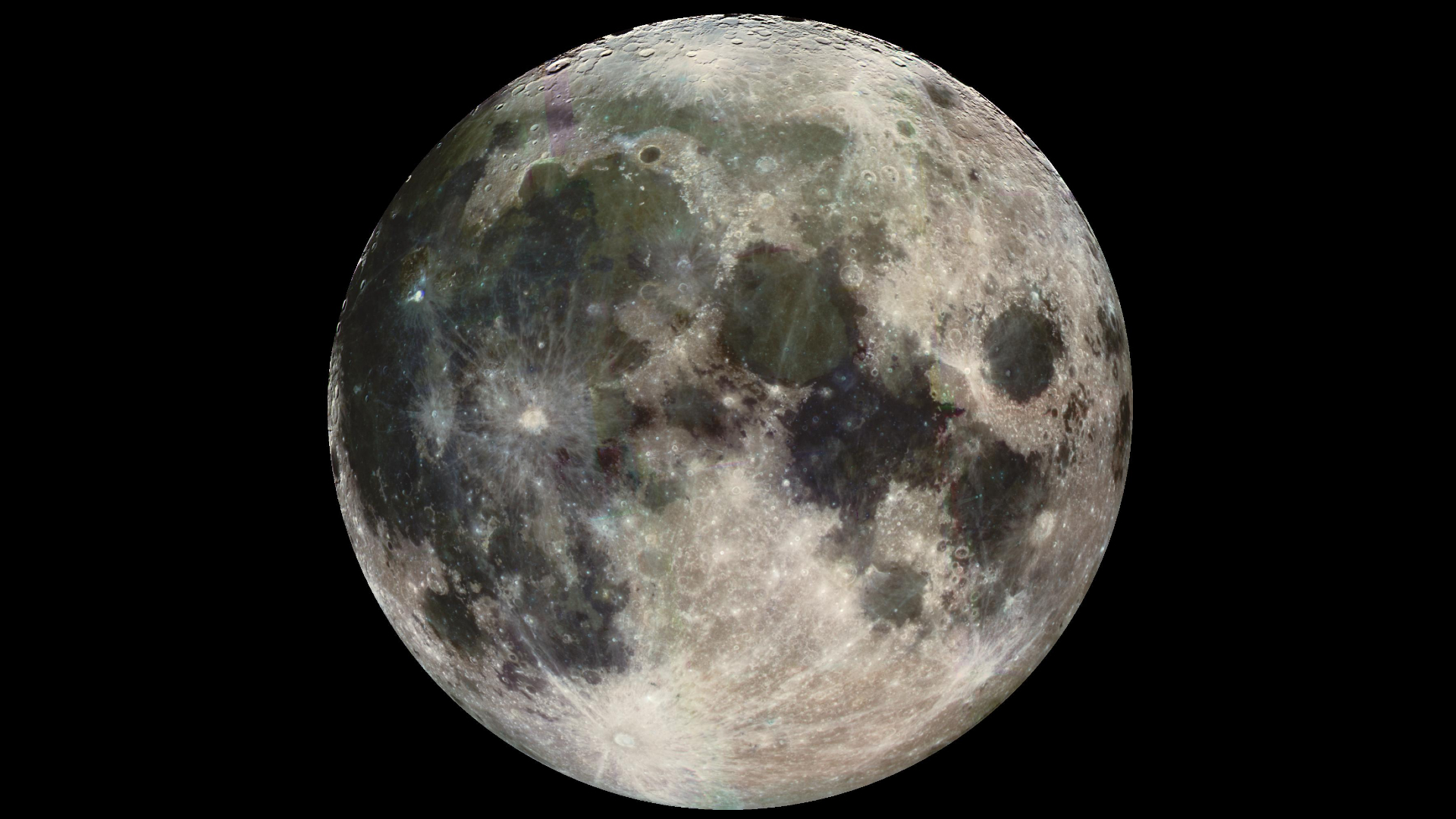
However, the dark basaltic maria (which is Latin for seas) that cover swathes of the Earth-facing lunar surface will be on full display for viewers to explore with the naked eye, binoculars, or telescope. The maria represent a period of incredible violence and change on the moon, wherein colossal impact basins were flooded with masses of liquid lava, which subsequently cooled to form the darker surface.
Also look for bright ‘ejecta rays’ — streaks of reflective debris radiating from old impact sites. These rays stretch across the lunar surface and serve as visual reminders of the moon’s violent history.
What else to see in the sky during the May Full Moon
The intense light reflected by the Flower Moon will likely present something of a headache for those looking to view faint astronomical objects in the surrounding sky, but there will still be plenty to see beyond the lunar surface on the nights surrounding May 12. Mars and Jupiter will be visible in the western sky soon after sunset, while the bright stars Arcturus and Spica can be found adorning the sky over the newly risen Flower Moon.
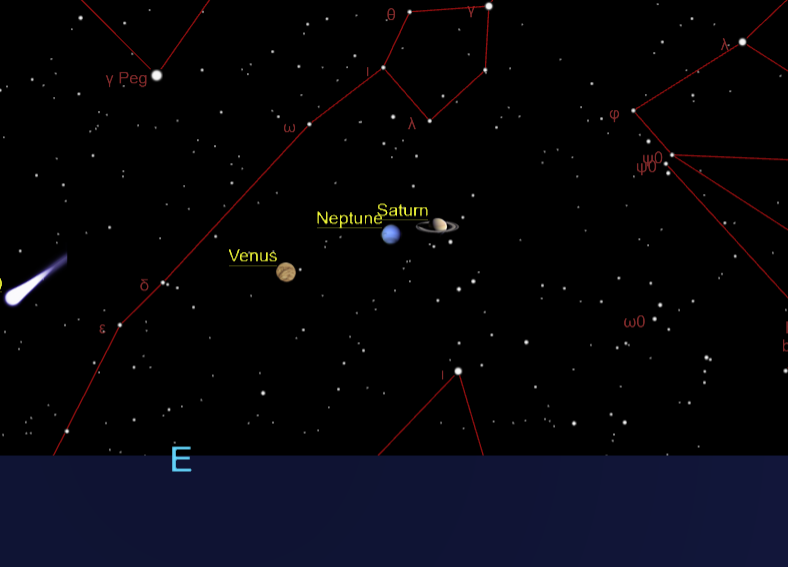
Early risers will also get a chance to find the moon descending close to the southwestern horizon in the predawn hours of May 13, as the planetary trio of Saturn, Venus and Neptune rise in the eastern sky.
Want to take a deeper dive into the moonlit landscape of our rocky companion? Our ultimate guide to observing the moon will help you plan your next skywatching session — from exploring vast lunar seas and rugged mountain ranges to spotting the many craters that cover the surface. You can also track where astronauts, rovers, and landers have touched down with our Apollo landing sites observing guide.
How to photograph the Flower Moon
If you’re planning to photograph the full Flower Moon, check out our expert guides on lunar photography, and on the best cameras for astrophotography. Anyone hoping to explore the moon’s features in detail should also read up on our guides on the best binoculars deals and the best telescope deals available in 2025.
Editor’s Note: If you snap a photo of the full Flower Moon and would like to share it with Space.com’s readers, send your photo(s), comments, and your name and location to spacephotos@space.com.
Stay Informed With the Latest & Most Important News
Previous Post
Next Post
-
 012024 in Review: Highlights from NASA in Silicon Valley
012024 in Review: Highlights from NASA in Silicon Valley -
 02Panasonic Leica Summilux DG 15mm f/1.7 ASPH review
02Panasonic Leica Summilux DG 15mm f/1.7 ASPH review -
 03From Polymerization-Enabled Folding and Assembly to Chemical Evolution: Key Processes for Emergence of Functional Polymers in the Origin of Life
03From Polymerization-Enabled Folding and Assembly to Chemical Evolution: Key Processes for Emergence of Functional Polymers in the Origin of Life -
 04How New NASA, India Earth Satellite NISAR Will See Earth
04How New NASA, India Earth Satellite NISAR Will See Earth -
 05And Thus Begins A New Year For Life On Earth
05And Thus Begins A New Year For Life On Earth -
 06Astronomy Activation Ambassadors: A New Era
06Astronomy Activation Ambassadors: A New Era -
07SpaceX launch surge helps set new global launch record in 2024












